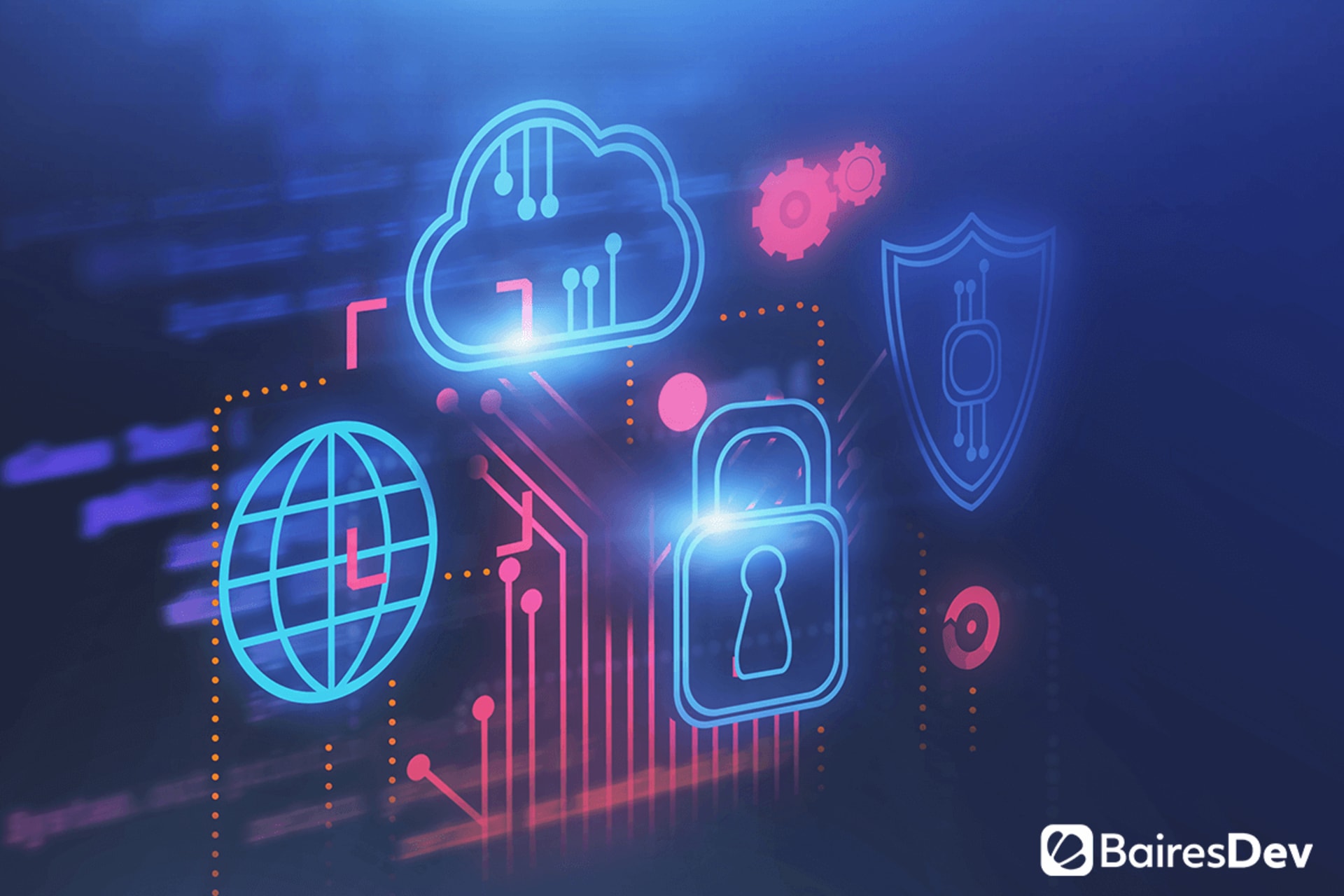If you’ve read Verizon’s 2020 Data Breach Investigations Report (DBIR), then you already know why you need autonomous endpoints to up your security level. For those who didn’t read it, it’s time to catch up – endpoint security is becoming a high priority in business cybersecurity, as shown by the shocking statistics in the DBIR. The most telling one? External actors account for 70% of cybersecurity breaches.
In the face of such a stark scenario, it’s only natural to start considering autonomous endpoints as a must-have rather than a nice-to-have. Through them, you can reduce the possibility of cybersecurity breaches, as they can ensure compliance with modern security standards, real-time monitoring and patching, and complete control and visibility in the entire digital infrastructure. We’ll see how they do all that here, but first, let’s take a look at the current state of endpoint security.
Common Endpoint Security Problems
Endpoint devices have consistently remained the primary targets for attack over the last decade, which doesn’t feel surprising. With the advent of the cloud and mobile computing, these devices have become the new “network fences,” the primary defense against malicious actors. We’ve seen a rise in digital solutions tailored specifically towards endpoint security, from antivirus to vulnerability management platforms and beyond.
Unfortunately, traditional security methods aren’t working. Malicious software always seems to be one step ahead of security software, developing new masks and sophisticated approaches to bypass conventional protection mechanisms. The current digital environments aren’t helping, either. There’s an increasing number of endpoint agents trying to enforce the network perimeter (which sometimes aren’t even adequately vetted by a QA services team), too many alerts to check, and, often, a limited IT staff to take care of it all.
This confusing scenario surrounding asset management is the ripest field for malicious actors to attack. Given the lack of visibility and control over many endpoints in modern digital environments, companies can’t know for sure the health of the entire network – let alone each device. That’s precisely why you need autonomous endpoint protection – because it can tackle one of the most significant issues in cybersecurity today.
The Future of Cybersecurity
There’s a reason why the endpoint security market is an 8 billion dollar market – it’s the best approach towards the onslaught of breaches companies of all sizes are suffering today. And a considerable portion of that market is now shifting its focus towards autonomous endpoint security and response. How come? To understand it, you need to know what we’re talking about when discussing autonomous endpoints in the first place.
As their name implies, autonomous endpoints are devices that can self-heal and regenerate their operating systems and configurations through machine learning and automation. That means that autonomous endpoints have AI embedded into them, which allows them to detect, prevent, and respond to a myriad of situations in real-time. The best thing about them is that they don’t just react after the fact but in the precise moment an attack is happening, or suspicious activity is detected.
That’s not all. Most autonomous endpoint solutions provide a central dashboard that provides you with a comprehensive overview of the entire network and the details and health of every one of your endpoints. In that way, you don’t just enjoy the support of a sophisticated automated system to protect your digital infrastructure, you also have deep insights to inform your security strategy better.
Autonomous endpoint security works better than traditional security tools because it offers you a different way of working. The underlying algorithm monitors the entire network looking for suspicious activity to prevent its spread upon detection and/or execution. All of this is powered by machine learning, a key component of these autonomous solutions as it’s the one responsible for the monitoring but also because machine learning allows the security solution to learn from its experience.
If you have ever worked with security software based on automation, you might be worried about the problem that has plagued these applications for years – false positives. For quite some time, software solutions that used automation to detect unusual behavior usually ended up flagging actions that weren’t malicious. This can quickly become tiresome and time-consuming, so applying machine learning for these solutions is the right way to go.
Though autonomous endpoint solutions won’t be able to phase out 100% of false positives (an inherent byproduct of the heuristic model for security), the presence of machine learning guarantees a higher accuracy over time. That’s why the software development companies behind these solutions recommend a pilot period before full deployment – it allows the system to hone itself ahead of a full rollout.
All of that means that, while autonomous endpoint security solutions haven’t reached maturity yet, it’s essential for you to consider its implementation right now. The reasons for that are two-fold. First, you’d be addressing one of the biggest security challenges for today’s networks. And second, you’d be planting the seed of more robust security for the future.
Autonomous endpoint security still has some way to go to become the most reliable method around that it’s implied in its theory. Mainly, it still has to work on seamless patching that automatically addressed the gaps in the digital infrastructure. Assessing the health of all endpoints and blocking potentially harmful behavior is a fantastic start, but combining that with the ability to track apps and patch the outdated ones automatically would undoubtedly take this approach up a notch.
Taking the First Step
Now that you know a little more about autonomous endpoint security, it’d be great to take the first step towards its adoption. That means that you should look for an autonomous endpoint solution that can fit your needs, either by subscribing to an off-the-shelf solution or working with a custom software development company. To determine which is the best way to go, you should ask yourself the following paramount questions:
- How is the solution deployed, managed, and operated? Is there a centralized management console to monitor all your assets?
- Does the solution cover both on-premise and cloud-based endpoints?
- How does the software detect and prevent attacks?
- What is its update frequency? Are they applied directly?
- Does it offer you offline protection?
- How scalable is the product?
There are more questions you could ask (such as the false positive rate of a canned solution or the presence of QA and testing services in the development to ensure the final quality). The answers to these questions would give you a good starting point to assess the offers before you and whether you should use an off-the-shelf solution or go with a custom alternative.
All in all, the important thing is to take that first step. Closing any existing gap in your asset management strategy is more critical than ever, as the incidents that are related to that are growing by the minute. Naturally, you can’t just believe that implementing autonomous endpoint security solutions will get you off the hook automatically. You’ll also need to complement these efforts with training for your team as, unfortunately, the human factor continues to be the weakest link in any security chain.







